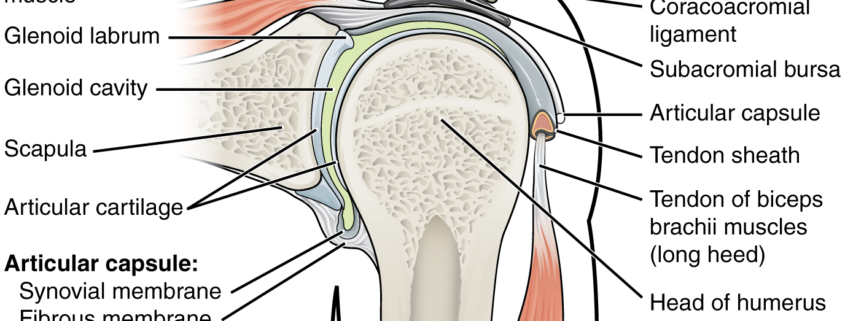
Shoulder Anatomy
Overview of Shoulder Anatomy
Understanding the anatomy of the shoulder can provide a better comprehension of the injury, pain, or discomfort you’re experiencing. The shoulder is highly flexible and is the most mobile joint in the body, responsible for a range of movements. However, this high degree of flexibility also makes it susceptible to injury or strain.
Types of Shoulder Anatomy
The shoulder comprises three important parts:
-
- Scapula: This is commonly known as the shoulder blade, and is a triangular-shaped bone located in the upper part of the back.
-
- Humerus: The upper arm bone, the longest bone in the arm, fits into the socket of the shoulder blade to make the shoulder joint.
-
- Clavicle: This bone connects the scapula to the sternum (your chest bone). It is often referred to as the collarbone.
Causes of Shoulder Problems
A variety of causes can lead to shoulder issues, from trauma due to a fall or car accident to overuse related to sports activities. Here are some common causes to consider:
-
- Arthritis.
-
- Rotator cuff disorders.
-
- Frozen shoulder or adhesive capsulitis.
-
- Shoulder impingement syndrome.
-
- Dislocation or instability of the shoulder.
Symptoms of Shoulder Problems
The following symptoms may indicate a shoulder problem and should prompt a visit to a healthcare provider:
-
- Pain, often worsening with the movement of the shoulder
-
- Limited range of motion
-
- Shoulder weakness
-
- Swelling and stiffness
-
- Inability to carry objects or use the arm
-
- An audible clicking or popping noise when moving the shoulder
Diagnosis of Shoulder Problems
Diagnosing shoulder issues often involves a combination of physical examination and imaging tests. Your healthcare provider will likely ask about your symptoms, medical history, and any incidents that might have contributed to your condition. Diagnostic tests may include x-rays, MRI, or ultrasound.
Treatment Options for Shoulder Problems
Treatment options can range from conservative methods to surgical interventions, depending on the severity and type of shoulder problem. These may include:
-
- Conservative treatments: Often, rest, physical therapy, and pain medications can improve symptoms. Your physician may also recommend changes to your daily routines to reduce stress on the shoulder.
-
- Surgical treatments: Surgery may be recommended for severe or persistent cases, including arthroscopy, a minimally invasive form of surgery, or open surgery to repair serious damage.
Living With Shoulder Anatomy Problems
Living with shoulder issues can be challenging, but having an understanding of your shoulder anatomy can help. It’s crucial to maintain a balanced diet, participate in low-impact exercise regularly, maintain good posture, and manage stress levels. Regular check-ups and keeping in touch with your healthcare provider can also ensure you’re managing your condition effectively.
When to Seek Help
If you experience severe pain, swelling, or inability to move your arm or shoulder, you should seek immediate medical attention. If you’ve been managing a chronic shoulder condition and notice a sudden increase in pain or decrease in range of movement, it’s also important to consult with your healthcare provider. The sooner you seek help, the better your chance of preventing further damage and beginning recovery.
